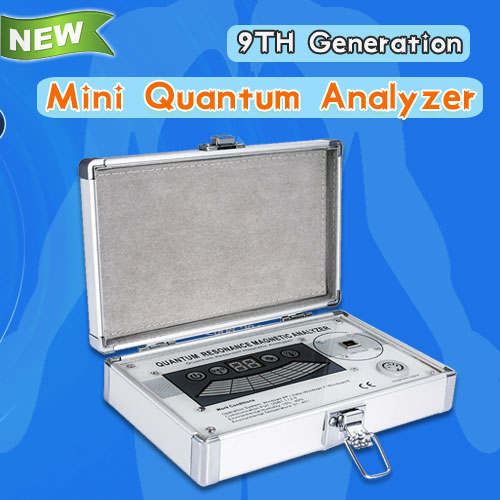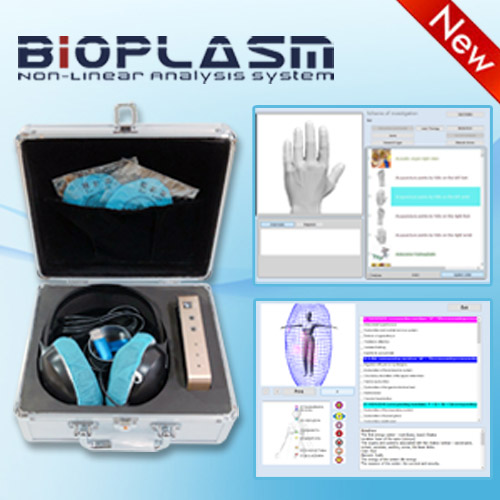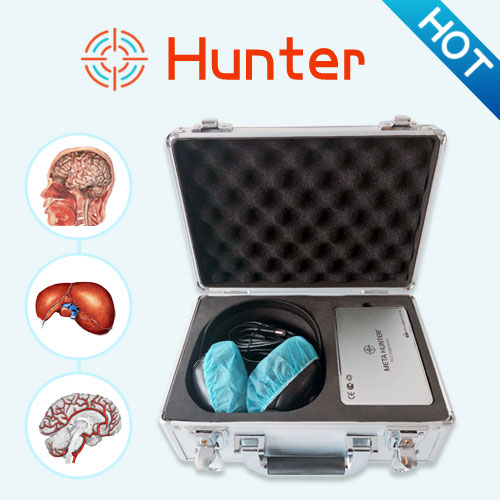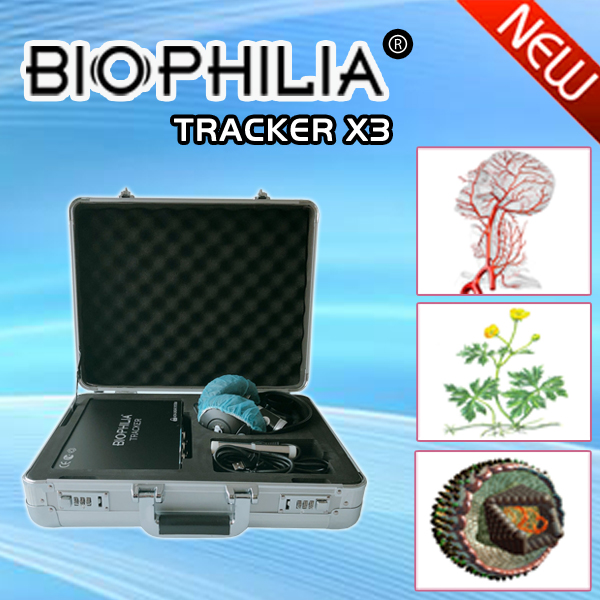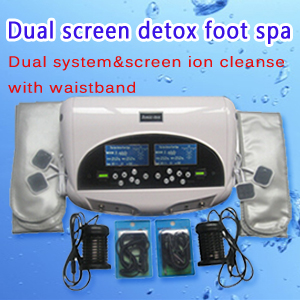NLS With Bioplasm Machine Is The Metheod For Patients Examination With Cystic Lesions Of The Abdominal Cavity
NLS of bioplasm machine with spectral-entropy analysis method was the most informative and universal one, which is a screening method for patients examination with cystic lesions of the abdominal cavity. Precise diagnosis of hepatic echinococcosis was established in most of the cases when using NLS. Determination of nature of intracystic inclusions (secondary cysts, septums and etc.) assisted in differential diagnostics. Serological reactions (indirect hemagglutination reaction, immunoenzymometric analysis and antigen serological diagnosis) for echinococcosis, as well as cytological, bacteriological and biochemical studies data served as spectral-entropy analysis confirmation results. NLS had considerable information value in case of multiple and widespread echinococcosis. Definition of precise niveau diagnosis during NLS was easily achievable in giant echinococcus cysts and multiple lesion cases. Combination of NLS with CT or MRT was necessary in some cases. Complexity of differential CT-diagnostics in case of echinococcus liver diseases was associated with structural features of parasitic lesions. Differentiation between ordinary and monovesicular echinococcus thin-membrane cysts, without parasitic membranes and internal structures dissection caused some difficulties. In these cases correct diagnostics was based on mixed clinical-laboratory and radiation examinations of patients.
Biliary cystadenomas were the most difficult for differential diagnostics among benign liver tumors in case of echinococcosis. Correct tumors diagnosing was promoted by detection of tumor nodules and papillary masses that accumulate contrast agent in case of enhancement.
Analysis had shown that the most specific and sensitive methods in determining liver echinococcosis were NLS with spectral-entropy analysis; MRT and CT took second place. Complex analysis of hardware methods data significantly increased their specificity and sensitivity in preoperative diagnostics of parasitic lesion.
The mixed hardware examination allows high precision diagnosing of hepatic echinococcus affection and its complications by differential diagnostics of focal hepatic lesions. Considering sonographic semiotics and diagnostic algorithm sequence, NLS with spectral-entropy analysis, CT and MRI methods are recommended for diagnosing of complications origin.
This article is provide from [Metatron 4025 hunter],please indicate the source address reprinted:http://www.healthycarer.com/news/nls-knowledge/1554.html


